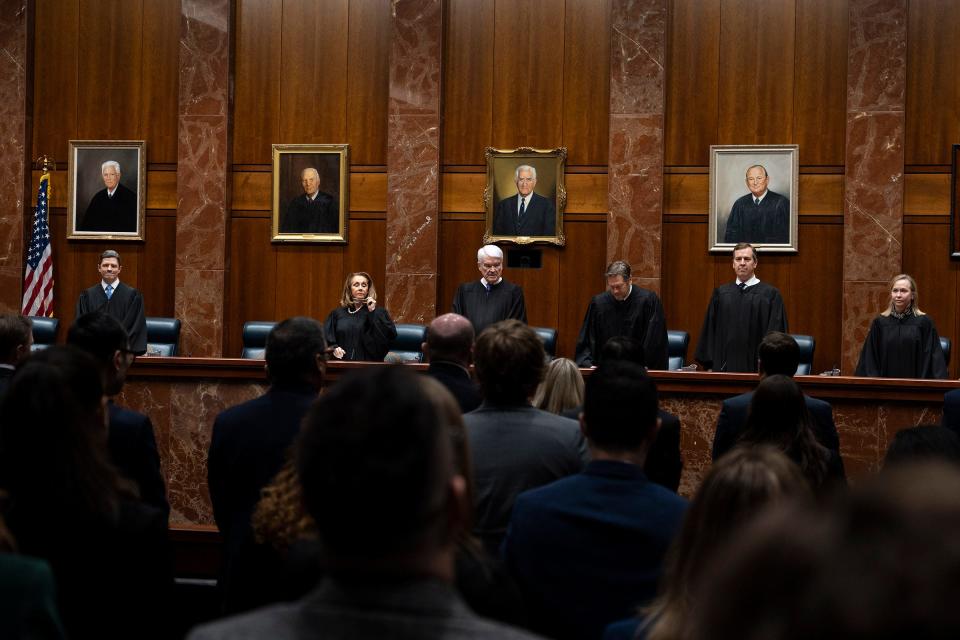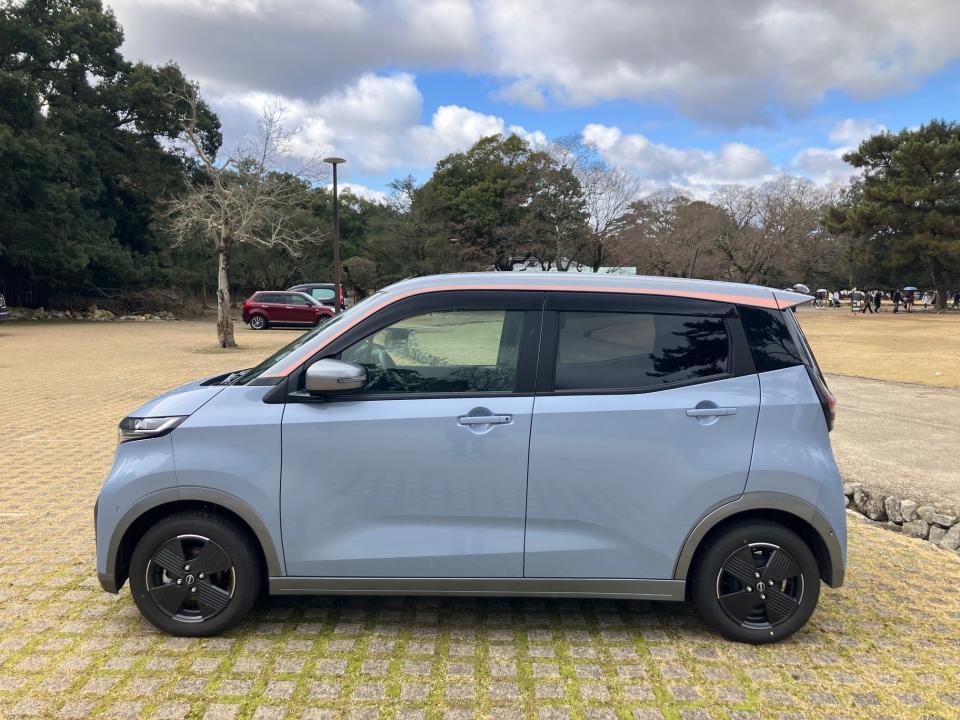Jun. 7—GRAND FORKS — A regional study sought solutions to a housing shortage in rural northeast North Dakota, but as the time draws closer for those proposed solutions to be released, the question lingers: who will invest in them?
That question was posed by Keith Lund, CEO of the Grand Forks Economic Development Corporation, at a steering committee meeting held by the Red River Regional Council on Wednesday. The meeting outlined draft recommendations and strategies that are expected to appear in the final study, conducted by the Red River Community Housing Development Organization.
“There are going to be communities that really want to grasp this and make something of it,” Lund said. “I don’t know what your thoughts are on that sort of challenge to say, ‘hey do you want to step up? There’s opportunity here, but you need to invest in yourself.'”
The final version of the report is expected to be released at the end of the month.
Nicole Muise-Kielkucki, a consultant from the strategic economic development firm Fourth Economy, broke the draft findings into five sections: enabling new construction; encouraging housing innovation; developing workforce and human capital; redevelopment, re-use, repair; and funding.
But above everything, Muise-Kielkucky said, leadership and investment in these ideas will be key.
“There are these really strong pockets of strong leadership,” she said. “There are others that are going to be a little bit more aspirational. … There are communities that we took note of that were really energized by these concepts and these conversations that I think can serve as great pilots, to kind of serve as role models.”
Enabling new construction was the largest area of draft strategies in the presentation. Some ideas Muise-Kielkucki presented include creating a publicly searchable database of available land, municipal land use and infrastructure capacity in each county and municipality and working with property owners to put vacant properties on the market.
There are also ideas to zone more parcels for residential use, educate municipal leadership about best zoning practices and extend infrastructure to accommodate new development.
Encouraging innovation goes hand-in-hand with enabling new construction, Muise-Kielkucky said. She also suggested rezoning to encourage accessible dwelling units.
Muise-Kielkucki also brought up developing an education campaign about accessible dwelling units and modular homes to dispel any misconceptions about the two. Building denser communities could also help house for seniors and H-2A visa workers, and could include amenities fit for seniors and microhomes built for workers.
Training, employment and entrepreneurship were three points Muise-Kielkucki outlined for developing the workforce.
Training ideas involved building more education opportunities, from apprenticeship programs to trade education scholarships and age-appropriate career exploration for K-12 curriculum.
A centralized job board, a workforce study and partnerships with present workforce development entities to improve marketing and advertising opportunities for trade careers were ideas brought up for employment. Ways of supporting entrepreneurship involved providing local incentives for new businesses and providing support services for startup developments.
While creating new housing is important, Muise-Kielkucki said, so is utilizing what housing is already available in the region that might be aged or have fallen into disrepair. These units could be demolished to make space for redevelopment, or ordinances could be developed making upkeep of vacant properties a requirement. A survey could also be conducted of available lots, properties and parcels to find what could be redeveloped, and a redevelopment fund providing low interest loans could be created for those interested.
Funding is needed for both new developments and redevelopments, Muise-Kielkucki said. There have been successful funding resources in the past, but it won’t meet current demand. Some ideas she listed include providing loan guarantees to housing lenders, creating a community development financial institution and expanding the use of the Bank of North Dakota’s Flex PACE program, which has been used for affordable housing projects in the past.
Signup bonus from




